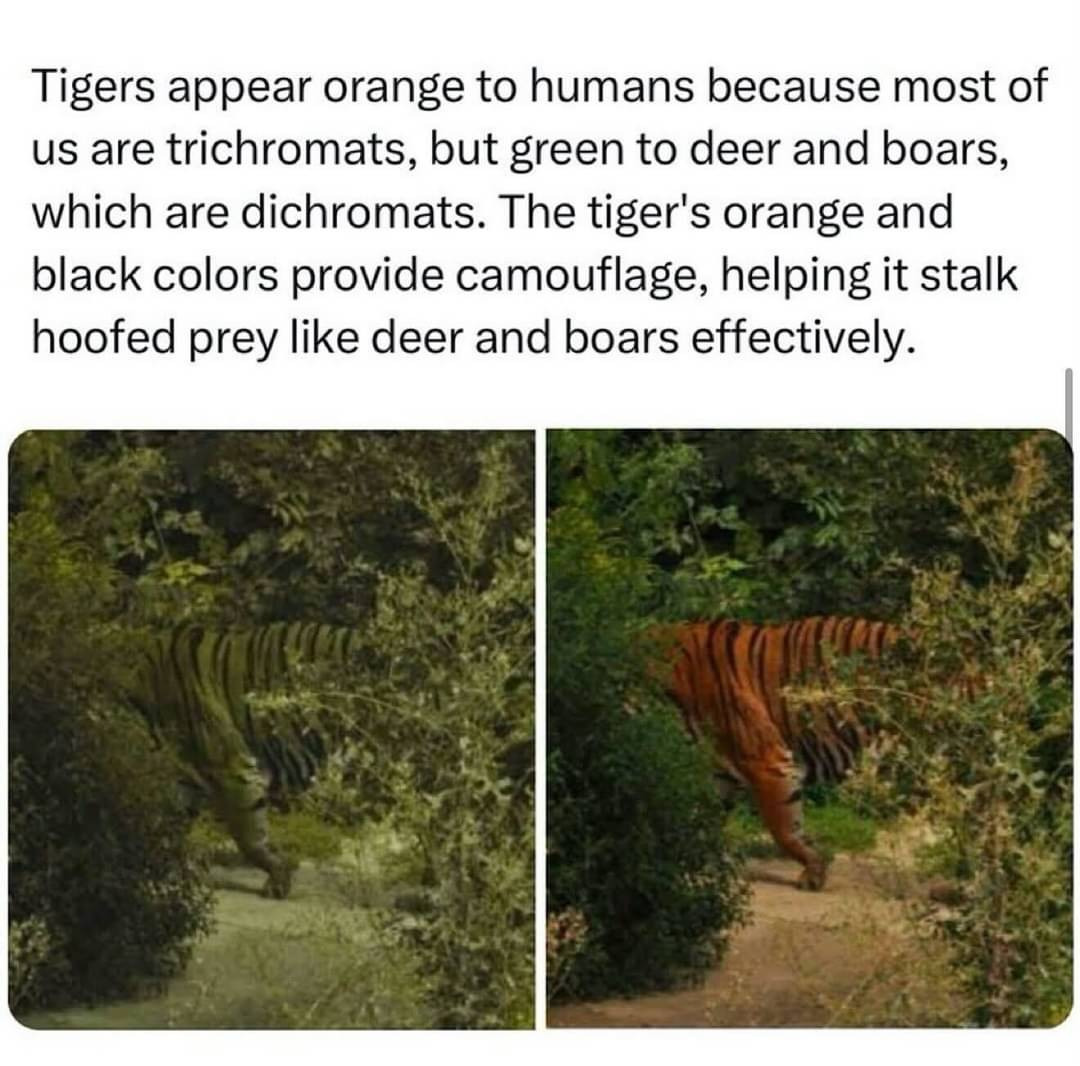this post was submitted on 11 Apr 2025
1119 points (99.6% liked)
Science Memes
17218 readers
1823 users here now
Welcome to c/science_memes @ Mander.xyz!
A place for majestic STEMLORD peacocking, as well as memes about the realities of working in a lab.

Rules
- Don't throw mud. Behave like an intellectual and remember the human.
- Keep it rooted (on topic).
- No spam.
- Infographics welcome, get schooled.
This is a science community. We use the Dawkins definition of meme.
Research Committee
Other Mander Communities
Science and Research
Biology and Life Sciences
- !abiogenesis@mander.xyz
- !animal-behavior@mander.xyz
- !anthropology@mander.xyz
- !arachnology@mander.xyz
- !balconygardening@slrpnk.net
- !biodiversity@mander.xyz
- !biology@mander.xyz
- !biophysics@mander.xyz
- !botany@mander.xyz
- !ecology@mander.xyz
- !entomology@mander.xyz
- !fermentation@mander.xyz
- !herpetology@mander.xyz
- !houseplants@mander.xyz
- !medicine@mander.xyz
- !microscopy@mander.xyz
- !mycology@mander.xyz
- !nudibranchs@mander.xyz
- !nutrition@mander.xyz
- !palaeoecology@mander.xyz
- !palaeontology@mander.xyz
- !photosynthesis@mander.xyz
- !plantid@mander.xyz
- !plants@mander.xyz
- !reptiles and amphibians@mander.xyz
Physical Sciences
- !astronomy@mander.xyz
- !chemistry@mander.xyz
- !earthscience@mander.xyz
- !geography@mander.xyz
- !geospatial@mander.xyz
- !nuclear@mander.xyz
- !physics@mander.xyz
- !quantum-computing@mander.xyz
- !spectroscopy@mander.xyz
Humanities and Social Sciences
Practical and Applied Sciences
- !exercise-and sports-science@mander.xyz
- !gardening@mander.xyz
- !self sufficiency@mander.xyz
- !soilscience@slrpnk.net
- !terrariums@mander.xyz
- !timelapse@mander.xyz
Memes
Miscellaneous
founded 2 years ago
MODERATORS
you are viewing a single comment's thread
view the rest of the comments
view the rest of the comments

Wouldn't a mutation in the deer sight to see orange be vastly evolutionary beneficial?
Only in areas with tigers, and then it would only express itself enough if there were enough evolutionary pressure exclusively on that survival tactic.
As long as other causes of death happen to deer in tiger territories and as long as speed remains a good survival strategy, minor mutations that would only provide an advantage in extreme specific scenarios like a tiger stalking them wouldn't have a chance to be spread.
There's also a whole host of additional brain power that needs to be dedicated to more complex colour blending and processing, and that may add enough delay to offset any potential gain in recognizing a threat.
Most north europeans can digest lactose.
Black death IIRC. Milk was one of few easily availabke foods when farmers died off. So, extremely specific scenario.
North Europe is a frozen wasteland where nothing grows for like a third of the year, being able to digest lactose in those months is hugely advantageous. I don't think "winter" counts as an "extreme specific scenario"
Hey northern europe is not all Iceland.
Presumably yes, but its still down to a roll of the dice whether a mutation like that happens in the first place, and whether the individuals who have that mutation live long enough to breed, and whether that mutation actually gets passed down, etc
It's been far more important, evolution wise, to be agile and quick enough to avoid predators. Like a security camera can only tell you how someone was murdered.
And then soon we'd have green tigers.
There are no green mammals because of some biology reason I can't remember.
Yeah I think it was a balance patch, because mammals that could photosynthesize were too OP.
Basically all mammalian pigmentation is just melanin, so mammal colorings are mostly just different amounts of brown combined with different amounts of red, and some animals don't even have the red.
Some birds and insects are green.
True, but they aren’t mammals.
No, why is it so hard for mammals to make green? Even green eyes are just a reflection/interferrence trick.
It's hard to do with fur, I believe. Birds and bugs also don't have green pigment, I believe. But they also don't have fur.
Right, i just remembered that green and blue in feathers is also just a interferrence trick. Same in bug shell.
Also, the vast majority of mammals don't see green either.
Competitive advantage over their deer peers.